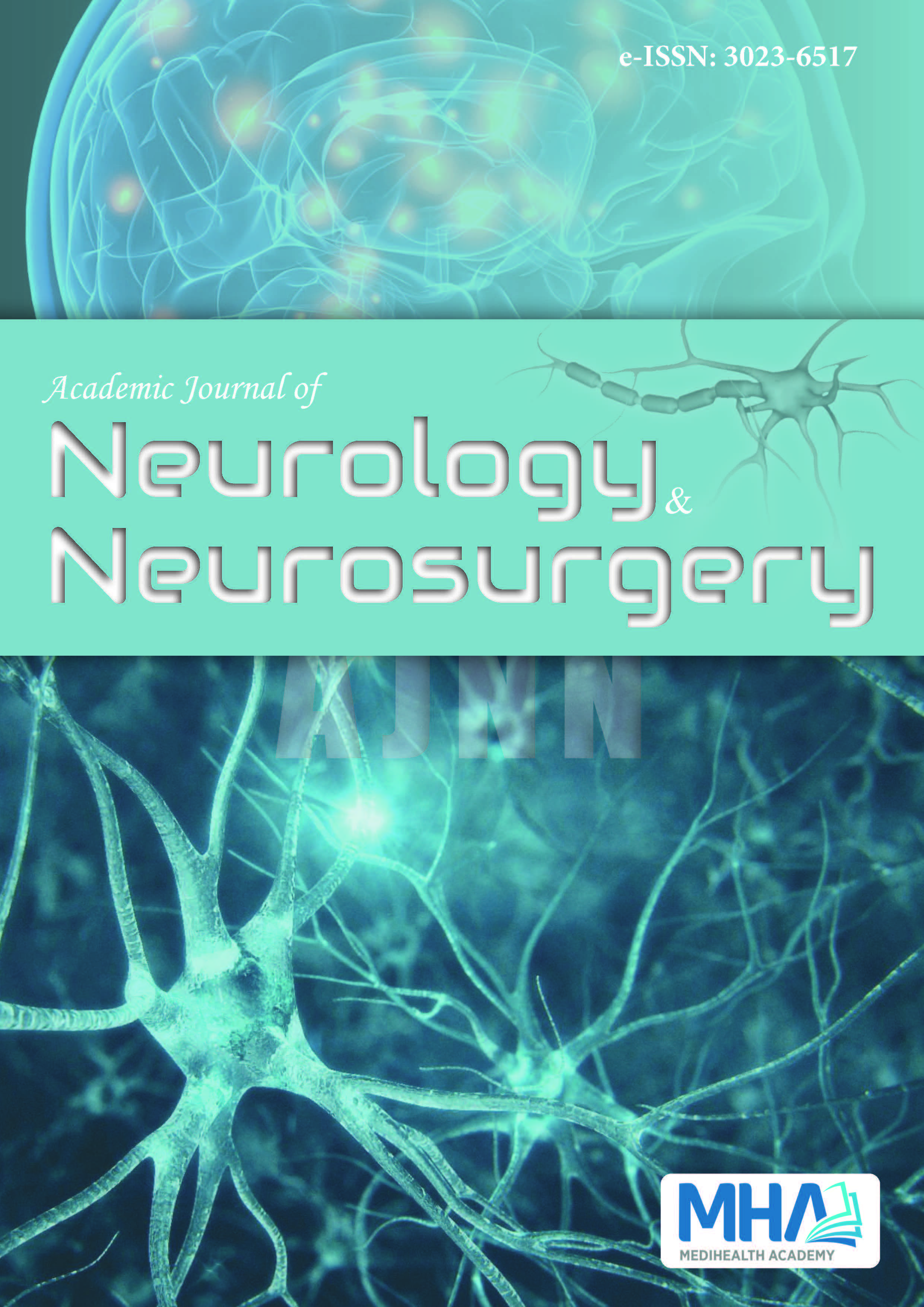1. Feigin VL, Lawes CM, Bennett DA, Barker-Collo SL, Parag V. Worldwide stroke incidence and early case fatality reported in 56 population-based studies: a systematic review. <em>Lancet Neurol</em>. 2009;8(4):355-369.
2. Ekker MS, Verhoeven JI, Vaartjes I, Jolink WMT, Klijn CJM, de Leeuw FE. Association of stroke among adults aged 18 to 49 years with long-term mortality. <em>JAMA</em>. 2019;321(21):2113-2123.
3. Ekker MS, Boot EM, Singhal AB, et al. Epidemiology, aetiology, and management of ischaemic stroke in young adults. <em>Lancet Neurol</em>. 2018; 17(9):790-801
4. Nawaz B, Eide GE, Fromm A, et. al. Young ischaemic stroke incidence and demographic characteristics- The Norwegian stroke in the young study- Athree- generation research program. <em>Eur Stroke J</em>. 2019;4(4):347-354.
5. Marini C, Russo T, Felzani G. Incidence of stroke in young adults: a review. <em>Stroke Res Treat</em>. 2011;2011(1): 535672.
6. Öncel Ç, Bir LS, Oğuzhanoğlu A, Eröz Ö. Etiology of cerebrovascular disease in young adults. <em>J Neurol Sci</em>. 2009;26(1):12-17.
7. Bendixen BH, Posner J, Lango R. Stroke in young adults and children. <em>Curr Neurol Neurosci Rep.</em> 2001;1(1): 54-66.
8. Leys D, Bandu L, Henon H, et al. Clinical outcome in 287 consecutive young adults (15 to 45 years) with ischemic stroke. <em>Neurology</em>. 2002;59(1):26-33.
9. Feero WG. Genetic thrombophilia. <em>Prim Care</em>. 2004;31(3):685-709
10. Xin XY, Song YY, Ma JF, et al. Gene polymorphisms and risk of adult earlyonset ischemic stroke: a meta-analysis. Tromb Res. 2009;124(5):619-624.
11. Singhal AB, Biller J, Elkind MS, et al. Recognition and management of stroke in young adults and adolescents.<em>Neurology</em>. 2013;81(12):1089-1097. doi:10.1212/WNL.0b013e3182a4a451
12. Maaijwee NA, Rutten-Jacobs LC, Schaapsmeerders P, van Dijk EJ, de Leeuw FE. Ischaemic stroke in young adults: risk factors and long-term consequences. <em>Nat Rev Neurol</em>. 2014;10(6):315-325. doi:10.1038/nrneurol. 2014.72
13. Putaala J. Ischemic stroke in the young: current perspectives on incidence, risk factors, and cardiovascular prognosis.<em>Eur Stroke J</em>. 2016;1(1):28-40. doi: 0.1177/2396987316629860
14. Chiasakul T, De Jesus E, Tong J, et al. Inherited thrombophilia and the risk of arterial ıschemic stroke: a systematic review and meta-analysis. <em>J Am Heart Assoc</em>. 2019:8(19):e012877.
15. Uçar F, Sönmez M, Ovali E, et al. MTHFR C677T polymorphism and its relation to ischemic stroke in the Black Sea Turkish population.<em>Am J Hematol</em>. 2004;76(1):40-43.
16. Li Z, Sun L, Zhang H, et al. Elevated plasma homocysteine was associated with hemorrhagic and ischemic stroke, but methylenetetrahydrofolate reductase gene C677T polymorphism was a risk factor for thrombotic stroke: a Multicenter Case-Control Study in China.<em>Stroke</em>. 2003;34(9):2085-2090.
17. Fodinger M, Horl WH, Sunder-Plassman G. Molecular biology of 5,10- methylenetetrahydrofolate reductase. <em>J Nephrol</em>. 2000;13(1):20-33.
18. Alkanlı N. İskemik inmeli hastalrda calca, MTHFR gen polimorfizmleri ile plazma total homosistein düzeylerinin araştırılması 2014:35-55
19. Kim RJ, Becker RC. Association between factor V Leiden, prothrombin G20210A, and methylenetetrahydrofolate reductase C677T mutations and events of the arterial circulatory system: a meta-analysis of published studies.<em>Am Heart J</em>. 2003;146(6):948-957.
20. Handin RI. Bleeding and thrombotic disorders In: Kasper DI, Braunwald E, Fauci AS, et al. Harrison’s principles of internal medicine, 16th ed. New York, McGraw-Hill; 2005.p.277-8.
21. Friedline JA, Ahmad E, Garcia D, et al. Combined factor V leiden and prothrombin genotyping in patients presenting with thromboembolic episodes. <em>Arch Pathol Lab Med</em>. 2001;125(1):105-111.
22. Slooter AJ, Rosendaal FR, Tanis BC, Kemmeren JM, van der Graaf Y, Algra A. Prothrombotic conditions, oral contraceptives, and the risk of ischemic stroke. <em>J Thromb Haemost</em>. 2005;3(6):1213-1217.
23. Johansson L, Jansson JH, Boman K, Nilsson TK, Stegmayr B, Hallmans G. Tissue plasminogen activator, plasminogen activator inhibitor-1, and tissue plasminogen activator/plasminogen activator inhibitor-1 complex as risk factors for the development of a first stroke.<em>Stroke</em>. 2000;31(1):26-32.
24. De Stefano V, Chiusolo P, Paciaroni K, et al. Prothrombin G20210A mutant genotype is a risk factor for cerebrovascular ischemic disease in young patients.<em>Blood</em>. 1998;91(10):3562-3565.
25. Kaya H, Karkucak M, Salifoğlu H, Torun D, Kozan S, Tunca Y. Venöz tromboembolili hastalarda anjiotensin dönüş- türücü enzim I/D ve plazminojen aktivatör-1 4G/5G gen polimorfizmlerinin araştırılması. <em>Tuberk Toraks</em>. 2013;61(2):88-95.
26. Rallidis LS, Megalou AA, Papageorgakis NH, Trikas AG, Chatzidimitriou GI, Tsitouris GK. Plasminogen activator inhibitor 1 is elevated in the children of men with premature myocardial infarction.<em>Thromb Haemost</em>. 1996;76(3):417-421.
27. González-Conejero R, Fernández-Cadenas I, Iniesta JA, et al. Role of fibrinogen levels and factor XIII V34L polymorphism in thrombolytic therapy in stroke patients.<em>Stroke</em>. 2006;37(9):2288-2293.

